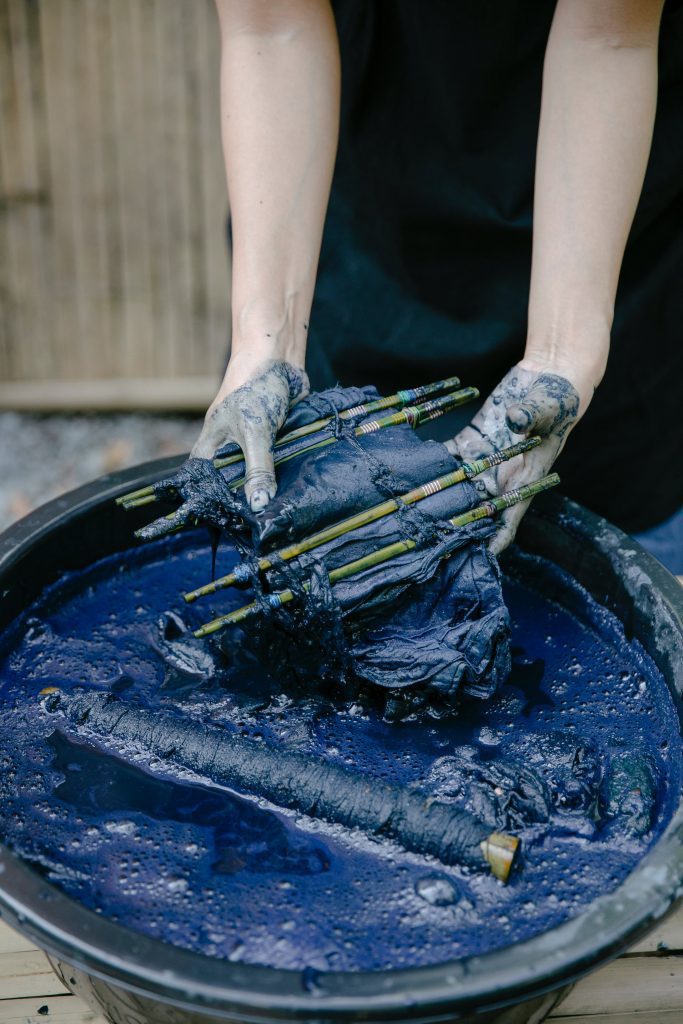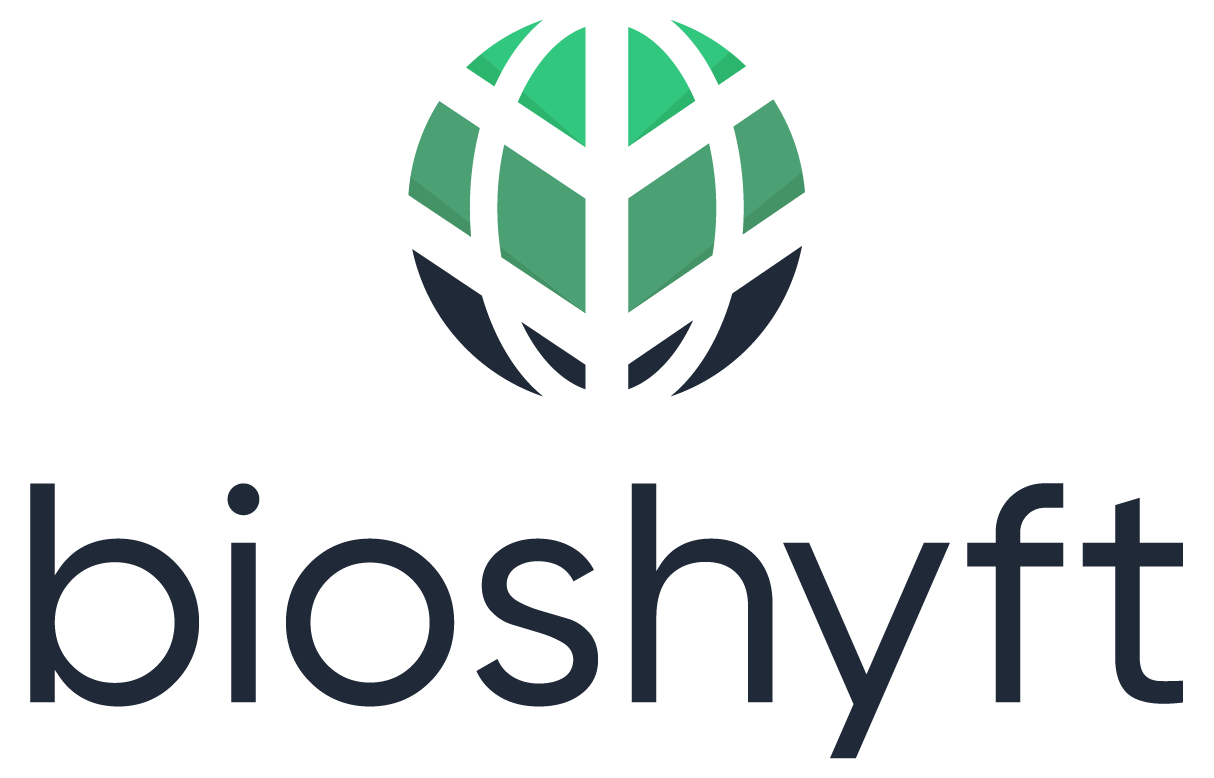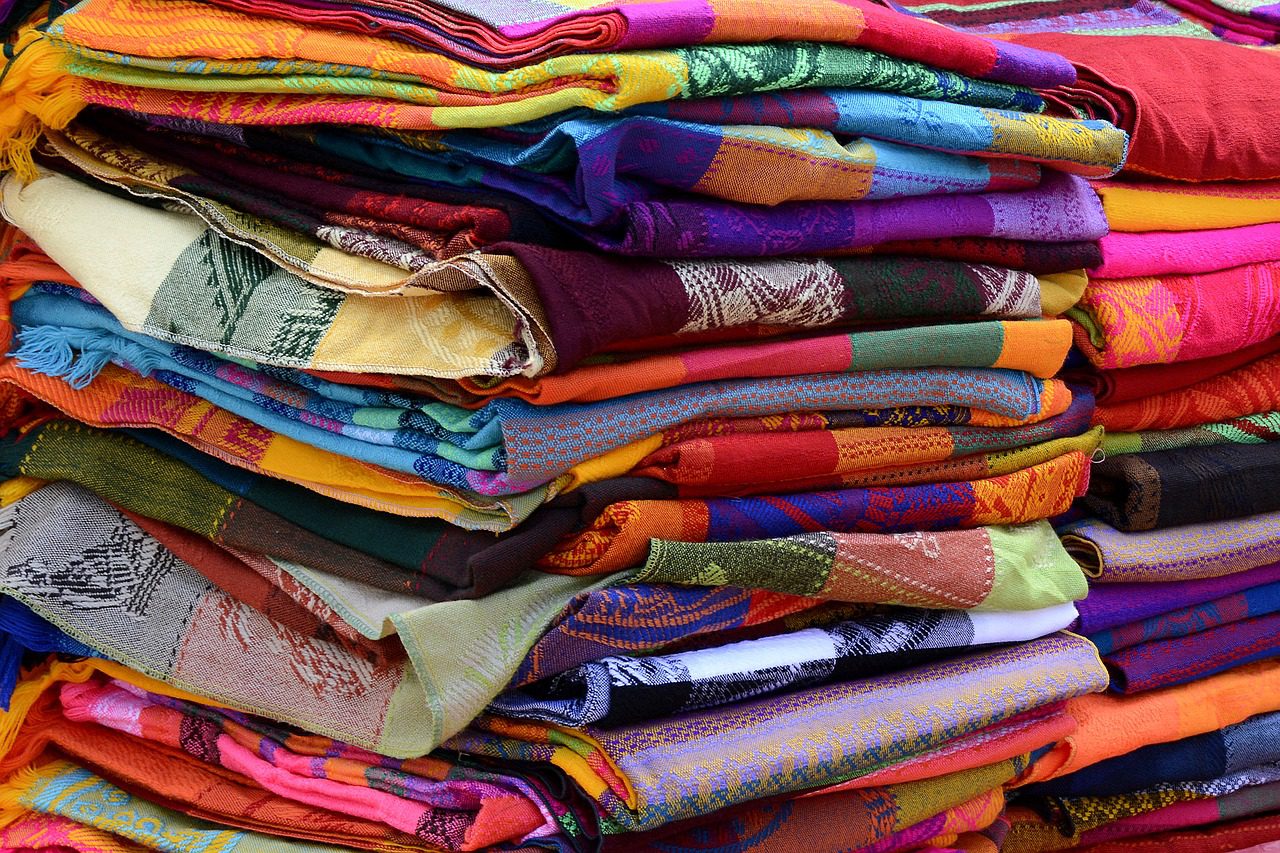Discover how sustainable dying methods are coloring the textile industry. From natural dyes to cutting-edge waterless technologies, startups like ColorZen and DyeCoo are driving an eco-conscious shift to reduce water waste and dye pollution.
Introduction: Rethinking Textile Coloration
In recent years, the quest for sustainable practices in the textile industry has led to the resurgence of natural dyeing techniques. Sustainable dying means dyeing techniques that prioritize ecological, social, and economic sustainability throughout the life cycle of a garment. It seeks to minimize resource consumption, environmental impact, and hazardous chemical use, while maximizing product longevity and quality.
Historically, natural dyes derived from plants, minerals, and insects were the sole source of color. However, the advent of synthetic dyes revolutionized the industry, offering an array of vibrant, long-lasting hues. Now, a resurgence of interest in natural and sustainable dyes is fueled by a growing awareness of their eco-friendly attributes.
Bold Impact of Sustainable Dyes
Sustainable dying methods have the potential to disrupt the textile industry, challenging present synthetic practices. Fast fashion’s environmental toll underscores the urgency for change. For instance, modern dyeing practices can consume a staggering 125 liters of water per kilogram of cotton fibers. Not only are these water consumption levels massive, but 200,000 tons of dyes end up lost due to inefficient dyeing and finishing processes.
Moreover, wasteful dyeing methods not only wastes valuable resources and financial resources but also discharge hazardous chemicals into freshwater reservoirs. This jeopardizes aquatic ecosystems and public health by raising water pH levels outside of livable levels. Furthermore, dyes can absorb up to 88% of the light necessary for plants undergoing photosynthesis, thereby lowering dissolved oxygen levels. Studies have found that workers regularly exposed to artificial dyes without appropriate equipment or ventilation often suffer long-term illnesses, like asthma or allergies. Sustainable dying methods aim to mitigate these risks by utilizing non-toxic alternatives and water-saving technologies.
Advantages to Natural Dyes
- Non-Toxic and Eco-Friendly: One of the most significant advantages of natural dyes is their minimal environmental impact. Unlike their synthetic counterparts, which often contain hazardous chemicals, natural dyes are derived from renewable resources and pose little threat to ecosystems or human health.
- Regenerative Growth: Sustainable plant-based dyes, such as natural indigo, offer more than just color. These dyes not only offer a wide range of valuable by-products such as organic compost and biofuel, but also contribute to the preservation of native tree biodiversity and the expansion of permanent forest cover. There are over 700 species of indigo across Asia, Africa, and the Americas that enrich native soils by capturing nitrogen from the air back into the soil.
- Supporting Local Economies: The cultivation of these dyes can stimulate rural industries. Natural dyeing fosters these economies through artisanal work, generating substantial employment opportunities in cultivation, extraction, and processing. Additionally, the development of these dye recipes demands meticulous testing and time investment, ensuring vibrant, long-lasting colors, further contributing to economic sustainability.

Disadvantages of Natural Dyes
- Processing and Cost Considerations: The processing of natural dyes can be more labor-intensive compared to synthetic counterparts. Additionally, they often require larger quantities to achieve the desired color intensity, making them more expensive on a per-dye basis.
- Limited Scalability: Meeting the demands of mass production with natural dyes poses a significant challenge. While they are well-suited for small-batch designers and sustainable fashion brands, scaling up production remains a hurdle that innovators are actively addressing. The ultimate challenge persists in meeting the demand for clothing with over 43 million tons of chemicals a year needed for dying.
- Limited Innovation in Sphere: Although natural dyes are positive for the environment, sustainable dying startups face limitations due to a combination of financial constraints, market dynamics, and strategic flaws. Inadequate funding often restricts their ability to weather challenges or pivot effectively, decreasing their chances of survival. Additionally, the rapidly changing competitive landscape demands agility and resilience, traits that struggling startups may lack as they navigate the challenges of innovation and market demands.
Organizations that Have Successfully Used Natural Dyes
In response to environmental concerns in the textile industry, several companies are making significant strides in adopting sustainable practices, particularly in dyeing processes. This shift, primarily seen in slow fashion brands, signals a major step towards a more eco-conscious future for the fashion industry.
Pioneering a farm-to-fashion approach, California Cloth Foundry roots its supply chain in regenerative fibers grown in the United States, including locally in California. Using natural dyes like indigo, madder root, chestnuts, and weld, the brand creates a diverse palette. Minerals such as calcium carbonate and iron are used to enhance and set these dyes. This commitment underscores the brand’s dedication to sustainable, environmentally conscious fashion.
Another company, Hara the Label, operates from Melbourne, Australia and is known for its transparent supply chains and ethical practices. Their products are naturally dyed and carefully handled from the dyeing process to packaging and shipping. Hence, the unique combination of bamboo lyocell and natural dyes reflects their commitment to sustainable fashion.
These companies, among many, offer innovative approaches that companies in sustainable fashion are taking to revolutionize dyeing processes. By adopting natural dyes, these companies not only reduce environmental impact but also set a precedent for a more conscientious and responsible fashion industry. While currently embraced mainly by slow fashion brands, these practices pave the way for a more sustainable future that we hope will become more widespread across the industry.
Pioneering Startups: Recoloring the Game
In the realm of textile innovation, many pioneering startups are driving a sustainable dyeing revolution. These companies’ commitment to eco-conscious practices may reshape industry norms where sustainability is profitable.
ColorZen’s groundbreaking pre-treatment process addresses the water intensive nature of cotton dyeing. By treating cotton fibers before the dyeing process, ColorZen achieves remarkable reductions in water usage, energy consumption, and chemical dependency. Their technology presents a compelling solution for a more sustainable future in textile coloration.
DyeCoo’s innovative approach leverages supercritical CO₂ to transform the dyeing process. This closed-loop system eliminates the need for water entirely, reducing environmental impact. With a remarkable 98% dye uptake rate, DyeCoo’s technology not only saves resources but also produces vibrant, long-lasting colors.
Explore all Key Players in Dyeing:
Conclusion
In sum, sustainable dying methods hold the key to a greener, more responsible future for the textile industry. By understanding the benefits, limitations, and supporting innovation, we can drive positive change in this critical field. The resurgence of natural dyeing and the emergence of waterless technologies marks a pivotal moment in the textile industry’s journey toward sustainability. However, for startups like ColorZen and DyeCoo to thrive, strategic collaborations with fashion and chemical companies are necessary. Investment and partnerships will propel these technologies toward commercial potential, making them viable options for fashion brands. Therefore, by embracing these innovations and fostering partnerships, we can weave a future where fashion thrives without harming our planet.
Explore related topics
- Agriculture & Forestry Posts
- Aquaculture Posts
- Bio-based Product Posts
- Bio-Resource Conversion Industry Posts
- Blog
- CO2 & Waste Utilization Posts
- Food & Beverage Posts
- Water & Renewable Energy Posts
Sources:
- https://ellenmacarthurfoundation.org/a-new-textiles-economy
- https://www.ajol.info/index.php/ajb/article/view/128661
- https://www.sciencedirect.com/science/article/abs/pii/B9780081005705000098
- https://www.sciencedirect.com/science/article/pii/S2405844022022678
- https://www.mdpi.com/2071-1050/13/7/3686
- https://www.hse.gov.uk/textiles/dyes-dyeing.htm
- https://dyecoo.com/


